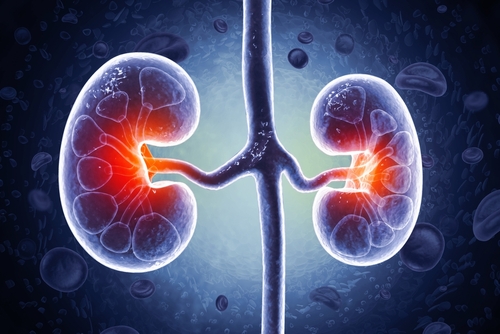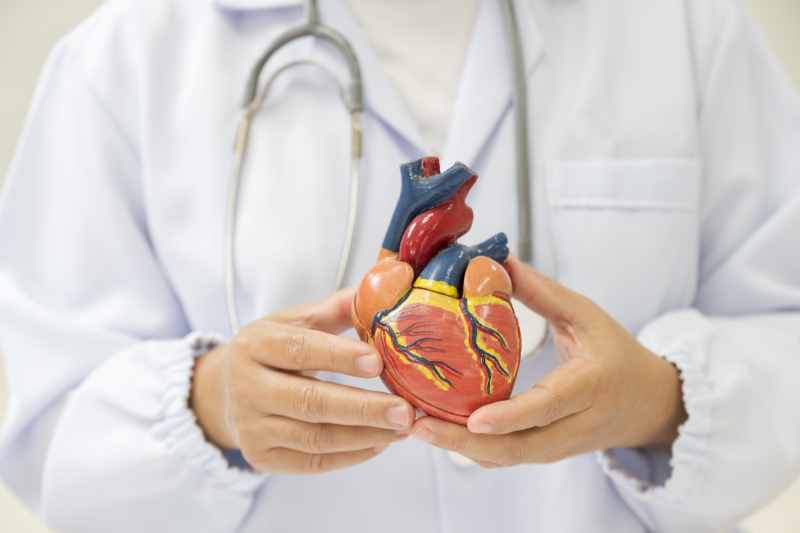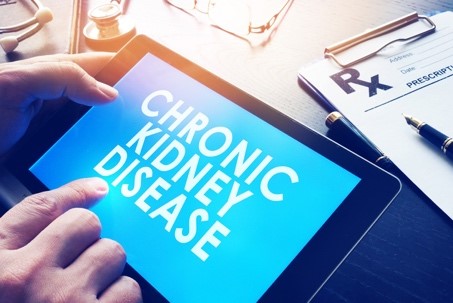
Kidney Week 2020
Patients with chronic kidney disease (CKD) commonly develop anemia. Current guidelines recommend oral iron therapy as first-line treatment for anemia. According to Sharmi Biswas, MBBS, and colleagues, there are few data available on the efficacy of iron therapy in children with pre-dialysis CKD; further, the factors that determine the response to oral iron in pediatric CKD are not well understood.
During a virtual poster session at ASN Kidney Week 2020, the researchers presented interim results of an ongoing retrospective observational study. The poster was titled Response to Oral Iron Therapy in Children with Anemia of CKD.
The study utilized data abstracted from health records of children with pre-dialysis CKD at the time of initiation of iron therapy and at the next clinic visit. Paired T-test was used to compare data from the two visits. Exclusion criteria included use of erythropoiesis-stimulating agents.
The study defined response to iron therapy as improvement in both hemoglobin and hematocrit following iron therapy. Changes of serum iron were used as a surrogate measure of adherence to iron therapy.
A total of 44 children met inclusion criteria. Of those, 48% were boys, median age was 11 years, and glomerular filtration rate (GFR) was 46 mL/min/1.73 m2. Ferrous sulfate was used in 86.4% of children. The mean interval between visits was 61 days.
Iron therapy resulted in a significant increase in transferrin saturation (14% to 21%; P<.001) and serum iron (45 to 65 ug/dL; P<.001). There was an overall improvement in hemoglobin from 10.6 to 11.2 g/dL (P=.02); however, 45% of the cohort did not respond to iron therapy.
The change in serum iron following iron therapy was significantly smaller in nonresponders compared with responders (3 vs 35 ug/dL; P=.03), perhaps indicating low adherence to iron therapy among nonresponders.
The two groups (responders and nonresponders) were similar in baseline age, GFR, hemoglobin, transferrin saturation, serum iron, and serum ferritin. Baseline body weight and height Z scores were significantly lower in nonresponders compared with responders (–0.67 vs 0.12, P=.04 and –1.66 vs –0.25; P=.02, respectively). The differences possibly represented differences in nutritional status.
In conclusion, the researchers said, “This is the first study that systematically assesses response to oral iron therapy in children with predialysis CKD after 2012 Kidney Disease Improving Global Outcomes (KDIGO) guidelines. Response to iron therapy may be related to medication adherence and baseline nutritional characteristics of study participants.”
Source: Biwas S, Meza K, Aljayyousi H, et al. Response to oral iron therapy in children with anemia of CKD. Abstract of a poster presented at the American Society of Nephrology virtual Kidney Week 2020 (Abstract PO0284), October 22, 2020.







 © 2025 Mashup Media, LLC, a Formedics Property. All Rights Reserved.
© 2025 Mashup Media, LLC, a Formedics Property. All Rights Reserved.